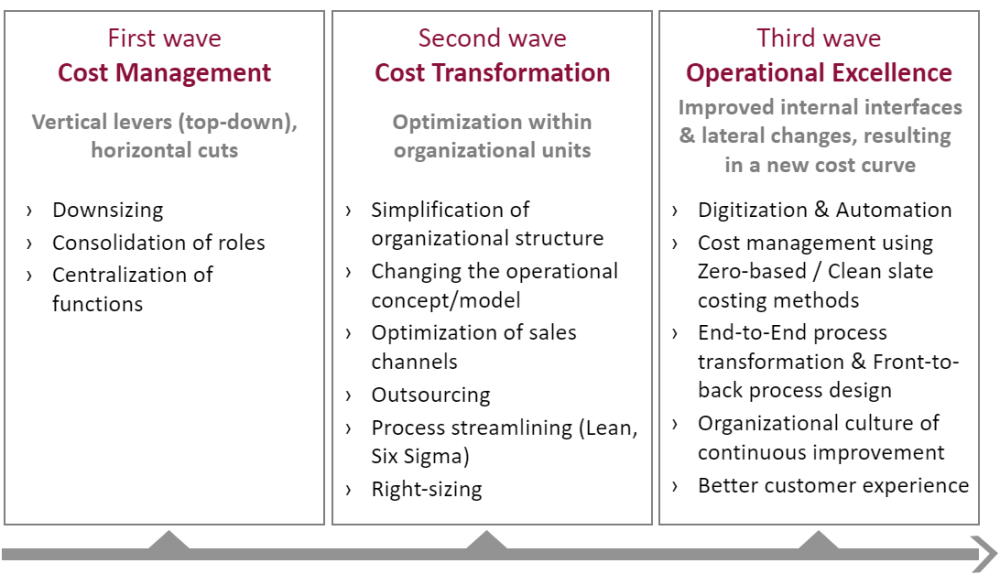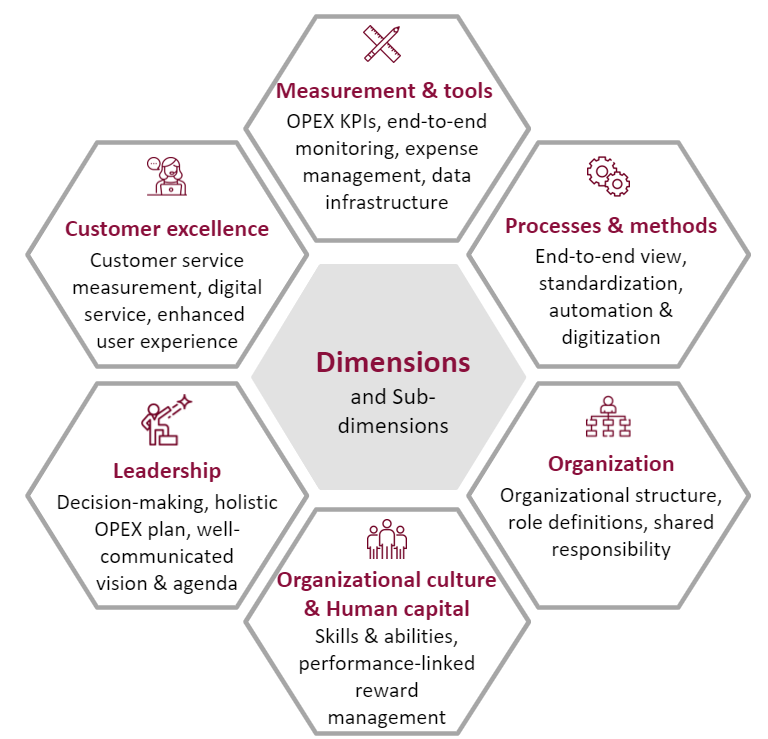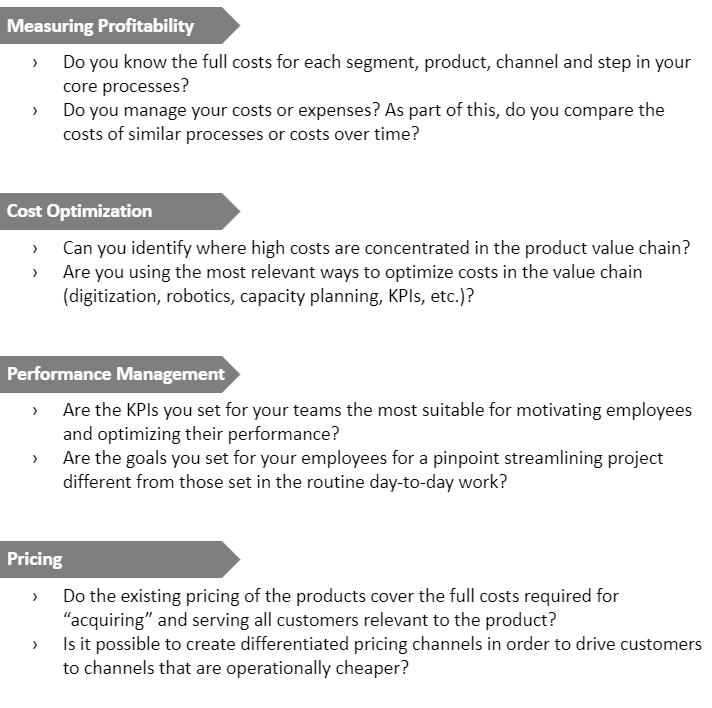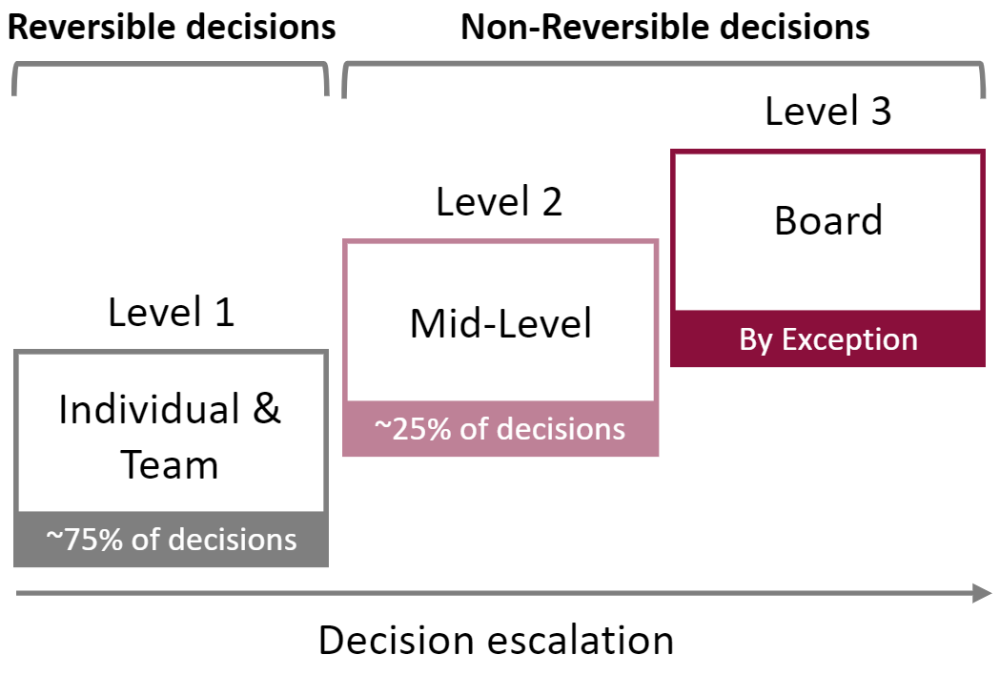Operational Excellence in the Tech industry
Steps for promoting Operational Excellence in the organization
During a complex, vague, and dynamic reality, Operational Excellence turns from a value-adding element to a critical success factor. Without OPEX the chance of surviving a troubled macro-environment and succeeding over time is slim to none.
In recent years, Tech companies have significantly improved their efficiency. Yet, it seems that in the last year, these steps have exhausted their inherent potential. To drive further growth, Tech companies must now take steps to enable the seamless assimilation of OPEX and foster a culture of continuous improvement in work routines and daily conduct at all organizational levels.
Operational Excellence (OPEX) is the dynamic capability of an organization to swiftly adapt to change with agility. It is realized through the integration of a company-wide, people-centric, customer-focused, and solution-oriented culture of continuous improvement
Operational Excellence develops over 3 “waves”; in each wave, different levers are activated to control costs and efficiency:

For a company to stay ahead of the curve, it must assess its position on the above axis, determine what it needs to do, and then act.
The TASC approach to achieving Operational Excellence involves six cross-organizational dimensions that are:
- Broad – concern different aspects and affect diverse processes and structures
- Infrastructural – assembles the foundations on which the organization rests and has a profound effect
- Critical for constant improvement – constitute necessary elements for consistently challenging the current situation and looking for ways to improve it.
Involving broad and cross-organizational dimensions differentiates the process of Operational Excellence from one-off optimization processes
Each dimension of the six-dimension model is broken down into sub-dimensions, from which Operational Excellence can arise by creating or improving levers for success and efficiency

For each dimension and sub-dimension, the level of organizational maturity is assessed in relation to best practice
The result of the evaluation process is the organizational maturity map for Operational Excellence, which highlights the pain points in the organization that need to be addressed

A maturity-based approach ensures that the organization pursues continuous improvement initiatives that are relevant to its specific needs and implemented at the right pace
Examples of Operational Excellence steps
Based on the organizational maturity map for Operational Excellence, it is possible to define steps for streamlining and growth in the organization
1. End-to-end process design and management
An End-to-End approach allows for pinpointing key gaps in the organization. Among common gaps are a lack of KPIs that measure second-degree drivers (e.g., new product launch is measured from a process or business perspective rather than both), siloed teams, and inconsistent automation & digitization across process touchpoints (e.g., a CS and support units using different systems that don't interact)
In the absence of correct and sufficient use of an end-to-end process management approach, the organization may experience various difficulties and challenges

2. Forming a cost allocation system
Cost allocation is the process of identifying, accumulating, and associating costs of different types to objects such as departments, products, customers, or branches. Through this process, the costs of different product units are differentiated, allowing profitable and unprofitable objects to be identified. By constantly focusing on the objects for which more resources should be invested to generate greater value, the organization maintains its effectiveness.

3. Formulating an effective decision-making model
Corporate culture is shaped by the way decisions are made at the senior management level. Suboptimal decision-making processes are characterized by avoiding risk-taking, inability to agree on decisions with a tendency to veto them, vague division of responsibility and authority between parties, and more.
Difficulty in effective decision-making is an obstacle to achieving OPEX due to its waste of senior management time and the multiple bottlenecks it creates in process optimization. It also impairs the organization's ability to respond to internal and external changes in its environment in a fast and flexible manner, which is especially required today.
Forming a structured and simple model for decision-making
- Organizing various types of decisions into levels, with each having a treatment protocol that maximizes process effectiveness and reduces senior management's decision burden
- Monitoring various decision elements, such as the number of times a decision is discussed and involved parties
- Defining and delegating powers among involved parties in the decision

Based on its expertise in the fields of organization and operations, along with its in-depth knowledge of a wide range of markets and industries, TASC provides consulting services to improve operational efficiency and effectiveness


